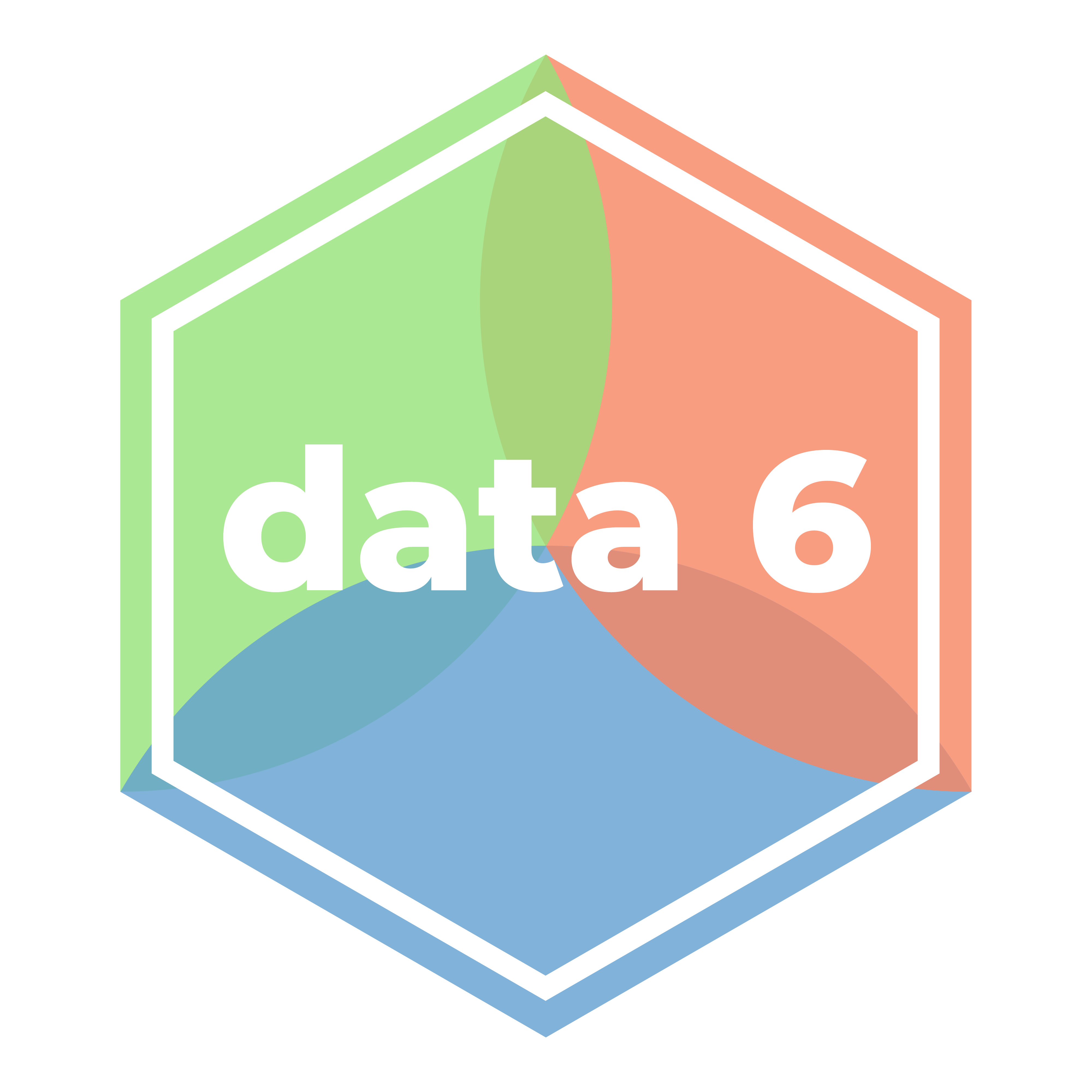# is age at least age_limit?
age_limit = 21
age = 17Booleans
Built-in Python data type: True and False
We will cover this section in more detail, likely after the quiz. The lecture notebook and outputs are kept here for your reference, but we will cover it later.
Naturally, we will want to compare values in our code.
# is password_guess equal to true_password?
# note: do not do this---weak security!
true_password = 'qwerty1093x!'
password_guess = 'QWERTY1093x!'Enter the Boolean data type, or bool, which only has two values: True and False.
Read Ch 4.3, which discusses Boolean values and comparison operators.
Comparison Operators
Boolean values most often arise from comparison operators.
3 > 1 + 1True3 < -1 * 2False1 < 1 + 1 < 3Trues = "Data " + "6"
s == "Data 6"TrueNote in the last example, the = sign is an assignment operator whereas the == sign is an comparison operator that checks for equality.
For a full list of comparison operators, see the above Inferential Thinking textbook chapter.
Truthy Values
In Python we can cast any value to bool.
Falsy value: Values that evaluate to False when converted to bool:
False''(the empty string)00.0None
Generally things that are empty (empty lists, sets, dictionaries, etc).
Truthy value: Everything else. Evaluates to True when converted to bool.
Think philosophically: if a value is something, then it exists and therefore it is True. If it is nothing, then it is False.
Booleans in Data Science
In data science, boolean values can be used represent a binary variable:
- yes/no
- on/off
- high/low
- etc.
The datascience package automatically casts booleans into integers: * True is equivalent to 1. * False is equivalent to 0.
Exercises
Here are some WWPD (What Would Python Do?) exercises for you to read through and understand. For each value in each expression, think carefully about its data type.
17 == '17'False'zebra' != TrueTrueTrue == 1.0Truebanana = 10
'apple' >= banana--------------------------------------------------------------------------- TypeError Traceback (most recent call last) Cell In[10], line 2 1 banana = 10 ----> 2 'apple' >= banana TypeError: '>=' not supported between instances of 'str' and 'int'
'alpha' >= 5 --------------------------------------------------------------------------- TypeError Traceback (most recent call last) Cell In[11], line 1 ----> 1 'alpha' >= 5 TypeError: '>=' not supported between instances of 'str' and 'int'
5 > TrueTrue